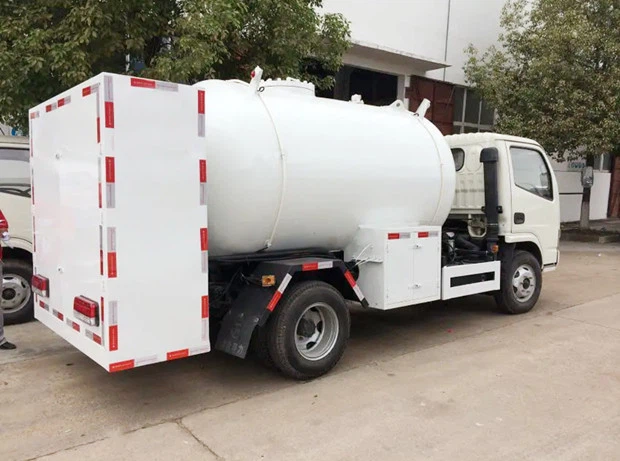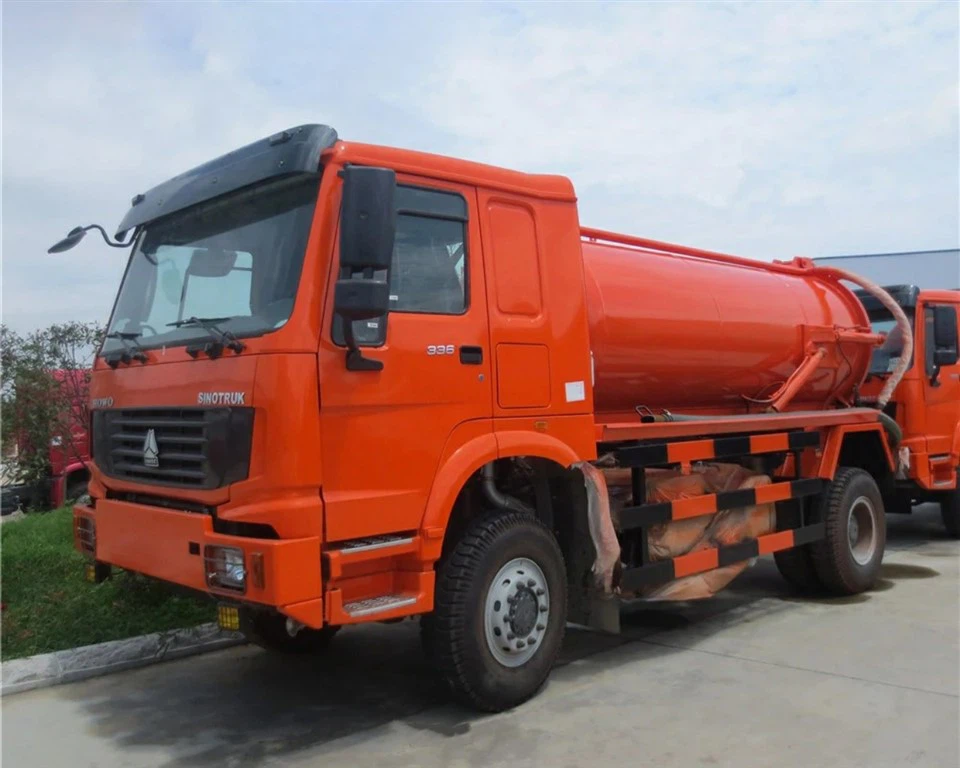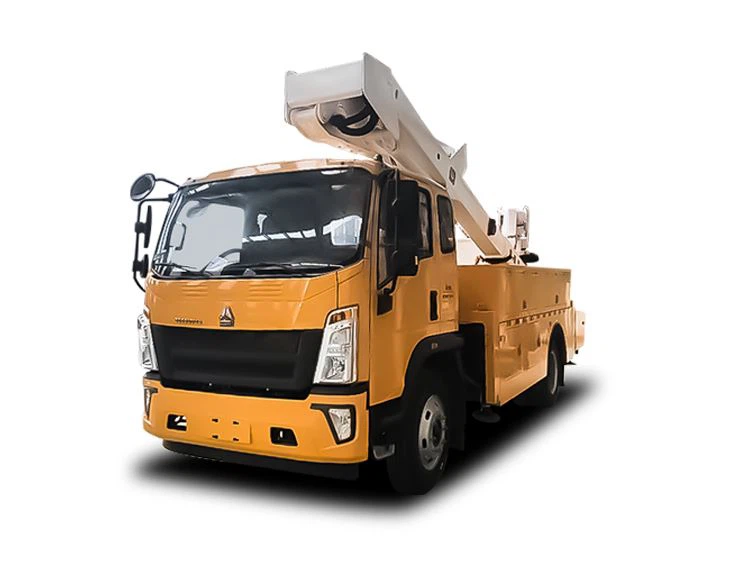Understanding Perkins Tippers: The Ultimate Guide

Introduction
Perkins tippers are essential vehicles in the construction and transportation industries, renowned for their durability and performance. They play a crucial role in transporting loose materials, such as sand, gravel, and soil, from one site to another. This article delves into the intricacies of Perkins tippers, highlighting their features, types, applications, maintenance, and more. Whether you’re an industry professional or just curious about these vehicles, this guide will equip you with everything you need to know about Perkins tippers.
The Basics of Perkins Tippers
What is a Tipper?
A tipper is a type of truck that has a bed capable of being tilted to dump its contents. Tippers are commonly used in construction, agriculture, and other industries where moving large quantities of materials is necessary. Perkins tippers are among the best in the market, known for their robust construction and reliable engines.
History of Perkins Engines
Perkins Engines Company Limited has a rich history dating back to 1932. Over the years, Perkins has grown into one of the world’s leading manufacturers of diesel engines, and their innovations have greatly influenced the efficiency and reliability of tippers.
Types of Perkins Tippers
Perkins tippers come in various models, each designed for specific applications. Here are some common types:
- Standard Tippers: Often used for general construction and hauling duties.
- Double-Deck Tippers: Ideal for transporting more volume without compromising the weight limit.
- Rotating Tippers: Feature a mechanism that allows the body to rotate for precise dumping.
Key Features of Perkins Tippers
Engine Performance
Perkins tippers are equipped with powerful engines that deliver excellent performance and fuel efficiency. Their engines are designed to handle heavy loads while ensuring low emissions.
Durability and Build Quality
One of the most notable features of Perkins tippers is their robust construction. They are built to withstand the rigors of constant use in tough environments, ensuring longevity and reliability.
Innovative Design
Perkins tippers boast innovative designs that enhance their functionality. Features such as an ergonomic cab design, advanced hydraulic systems, and reinforced chassis improve usability and performance on the job site.
Customizable Options
Perkins offers customization options for their tippers, allowing users to select features and specifications tailored to their needs. This flexibility ensures optimal performance in various applications.
Applications of Perkins Tippers

Construction Sites
Perkins tippers are a common sight on construction sites. They are utilized for transporting materials such as gravel, sand, or debris, making them indispensable for any construction project.
Agricultural Use
In agriculture, tippers are used to transport crops and heavy materials. Farmers appreciate their reliability and efficiency in moving large loads quickly.
Mining Operations

Mining operations also benefit from Perkins tippers as they handle heavy loads of excavated material efficiently, contributing to site safety and productivity.
Maintaining Your Perkins Tipper
Regular Inspections
Carrying out regular inspections of your Perkins tipper is vital for identifying potential issues before they become significant problems. Regular checks should include:
- Engine oil levels
- Brake system functionality
- Tire pressure and wear
- Hydraulic fluid levels
Routine Servicing
Scheduled servicing based on the manufacturer’s recommendations will help maintain vehicle performance. This includes oil changes, filter replacements, and thorough system checks.
Keeping It Clean
Keeping your tipper clean not only improves aesthetics but also prevents rust and corrosion. Regular washing and removing debris will enhance the vehicle’s lifespan.
Buying a Perkins Tipper: What You Need to Know
New vs. Used Tippers
When considering the purchase of a Perkins tipper, you will face the choice between new and used models. New tippers come with the latest technologies and full warranties but at a higher price. Used models are more affordable, but it’s essential to inspect their condition carefully.
Key Factors to Consider
When buying a Perkins tipper, consider the following:
- Load Capacity: Ensure the model can handle the loads you need to transport.
- Fuel Efficiency: Look for engines known for their fuel economy.
- Service History: Review maintenance records, especially for used tippers.
Financing Options for Perkins Tippers
Leasing vs. Buying
Leasing can be a viable option for those who need a tipper for a specific project duration. Buying provides total ownership but requires a larger upfront investment.
Loans and Financing Plans
Many dealerships offer financing plans to help manage the cost of purchasing a Perkins tipper. Research options and read the fine print to ensure you understand the terms.
Environmental Impact of Perkins Tippers
Emissions Regulations
Perkins invests heavily in developing engines that meet stringent emissions regulations. Their tippers are designed to produce lower emissions, contributing to cleaner air and safer work environments.
Sustainable Practices
Using Perkins tippers can support sustainable construction practices. Efficient transportation of materials reduces fuel consumption and overall project environmental footprints.
Tips for Maximizing Your Perkins Tipper’s Lifespan
Driving Habits
How you drive your tipper significantly affects its lifespan. Here are some tips:
- Avoid abrupt starts and stops.
- Maintain a steady speed to enhance fuel efficiency.
- Ensure proper loading techniques to distribute weight evenly.
Upgrading Components
Consider upgrading components if your tipper is older. New hydraulic systems or improved tires can greatly enhance performance and safety.
Frequently Asked Questions (FAQ)
1. What is the average lifespan of a Perkins tipper?
The average lifespan of a Perkins tipper is around 10 to 15 years, provided it is properly maintained.
2. Can Perkins tippers handle off-road conditions?
Yes, Perkins tippers are designed with robust suspensions and durable tires that make them suitable for off-road conditions.
3. What are the common issues with Perkins tippers?
Common issues may include hydraulic leaks, engine problems, and wear on braking systems, but regular maintenance can mitigate these problems.
4. How can I improve fuel efficiency in my Perkins tipper?
Staying within load limits, regular maintenance, and adopting smooth driving habits are effective ways to improve fuel efficiency.
5. Are Perkins tippers expensive to maintain?

While the maintenance cost can vary based on usage and model, Perkins tippers are designed for easy servicing, which can help keep costs manageable.
6. Where can I find parts for my Perkins tipper?
Parts for Perkins tippers can be sourced from authorized dealerships, specialized retailers, or online platforms dedicated to heavy machinery.
